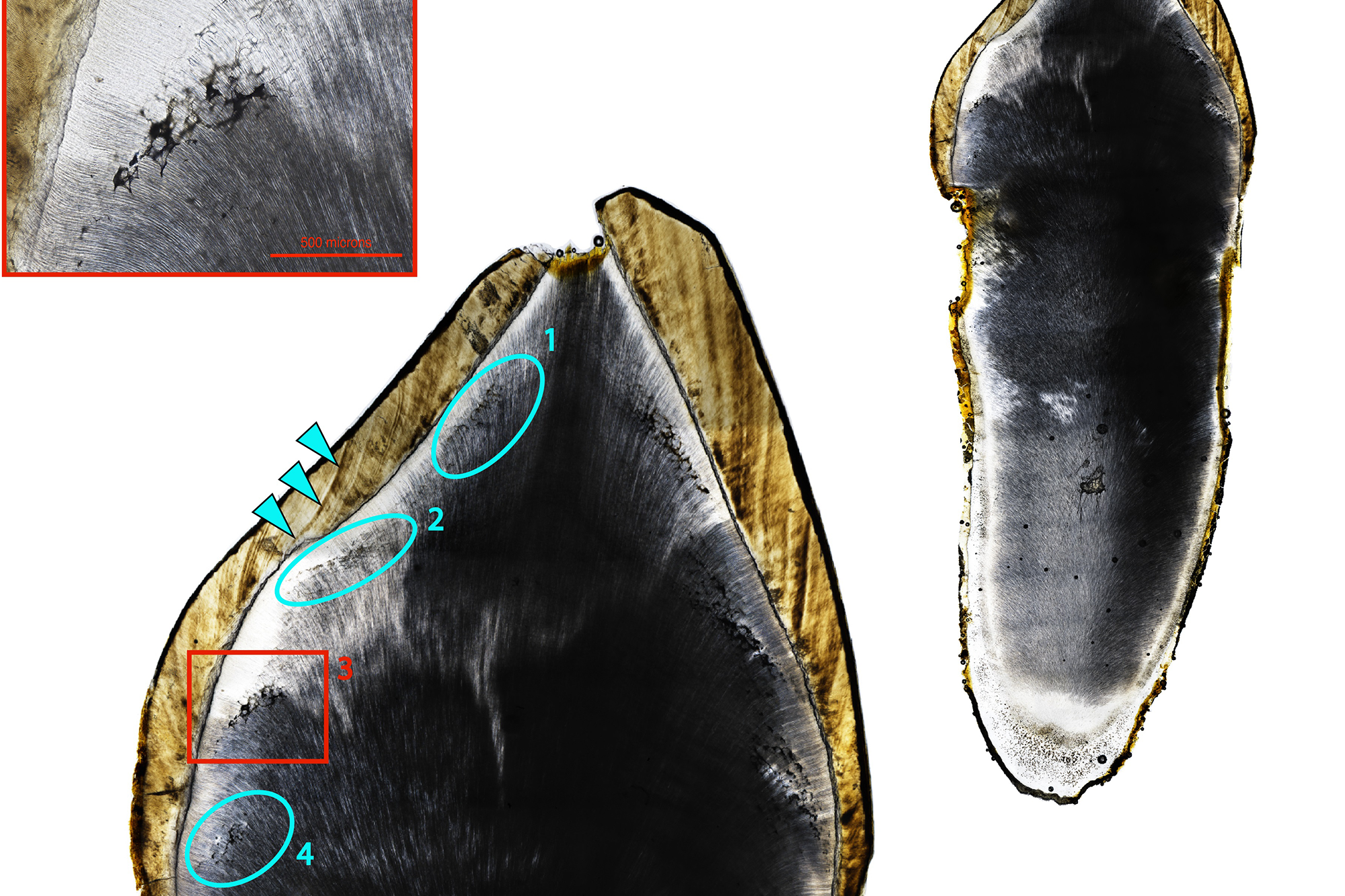First evidence of seasonal vitamin D deficiency in 1700s England uncovered
Researchers say poor working and living conditions during industrialised England cannot be blamed entirely.

Rickets – a childhood bone condition caused by vitamin D deficiency – may have been rife in 18th century England but scientists say poor working and living conditions cannot be blamed entirely.
Researchers believe they have found new evidence that suggests vitamin D deficiencies among those who lived during the Industrial Revolution in England may have been seasonal, caused by reduced exposure to sunlight in the winter months.
An international team of scientists from the UK, Australia and New Zealand, analysed the teeth of 25 people uncovered at an 18th-19th century burial site in North Shields, a town on the north side of the River Tyne.
Understanding how vitamin D deficiency impacted past populations and why gives us an important deep-time perspective on the disease
The researchers said they found markers associated with vitamin D deficiency inside a majority (76%) of the teeth analysed.
These markers were found to occur regularly – in annual increments – in many of the dental samples, suggesting vitamin D deficiency to be a seasonal disorder, the researchers said.
Findings also showed vitamin D deficiency to be more prevalent in males compared with females but the researchers said social dynamics – such as gendered work practices in industrial England – may have played a role.
Dr Annie Sohler-Snoddy, research fellow in the University of Otago in New Zealand, said their work, published in the journal Plos One, is the first clear evidence of seasonal vitamin D deficiency in an archaeological sample.
She said it has always been assumed that diseases caused by vitamin D deficiency – such as rickets – was “due to more people, including children, working long hours indoors, living in crowded housing and in smog-filled environments”.
But she added that while these factors may have contributed to those people not getting enough sunlight, the findings suggest it was “more complicated than the factors associated with the industrial revolution like working indoors more”.
Dr Sohler-Snoddy said her research “highlights that latitude and seasonal lack of sunlight was a major factor in the amount of vitamin D these people could make in their skin.”
The scientists also said a poor diet may have also played a role, adding that despite living close to the coast, these people consumed very little marine fish, “an important dietary source of vitamin D that may have acted as a buffer to seasonal deficiency”.
Today, having low levels of vitamin D is associated with several negative health outcomes, including increased risk for infectious diseases, cardiovascular disease and cancers.
However, Dr Sohler-Snoddy said vitamin D deficiency has been an ongoing problem in society and it is important to study what happened in the past in order to inform modern approaches to treating the condition.
She said: “We tend to think of archaeological human remains as belonging to a different world, but our biology hasn’t changed in the last 200 years.
“Teeth provide a really important source of information for archaeologists as they form in a very precise chronology and, importantly, their tissues do not change over the lifespan.
“This means that they lock in a record of a person’s development and this stays with them until they die, or the tooth is lost.
“Understanding how vitamin D deficiency impacted past populations and why gives us an important deep-time perspective on the disease.”
Bookmark popover
Removed from bookmarks